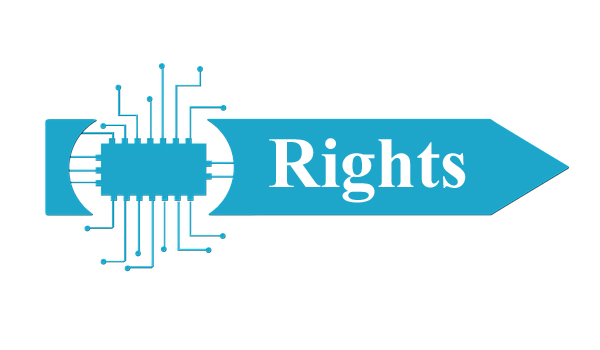Digital Experience
Any interaction a customer has with a digital touchpoint for a business is known as Digital Experience.
Updated: December 6, 2023

Any interaction a customer has with a digital touchpoint for a business is known as Digital Experience. A digital experience could be a mobile app, a website, a point-of-sale (POS) terminal, or a ticketing kiosk.
Data generated by these interactions is important to gain insight into customer behavior for sales and marketing teams. Many of these touchpoints are managed through digital experience platforms (DXPs) as part of an omnichannel experience to centralize this information for internal teams. Companies can get real-time data closely tied to business goals and key performance indicators (KPIs) through digital experience monitoring.
Landing pages, Mobile apps, Customer portals and POS systems are some of the most common types of digital experiences. The user interface (UI), user experience (UX) and customer experience (CX) are basic elements of a digital experience.
Bridging the gap between online and offline, increasing brand loyalty, gathering data for internal teams and driving more revenue are benefits of a digital experience. Sales and marketing team can personalize customer-facing content by gathering data through digital experiences, which further drive increased loyalty.
The primary goal of any digital interaction should be to improve the experience of customer with the brand. Businesses should think about being available on multiple channels, using automation and taking a mobile-first approach when building new digital experiences.
Types of digital experiences
- Web Experiences
- Mobile Experiences
- Social Media Experiences
- Virtual Reality (VR) Experiences
- Augmented Reality (AR) Experiences
- Interactive Gaming Experiences
- E-Commerce Experiences
- Educational Technology Experiences
- User Interface (UI) Experiences
- User Experience (UX) Design



